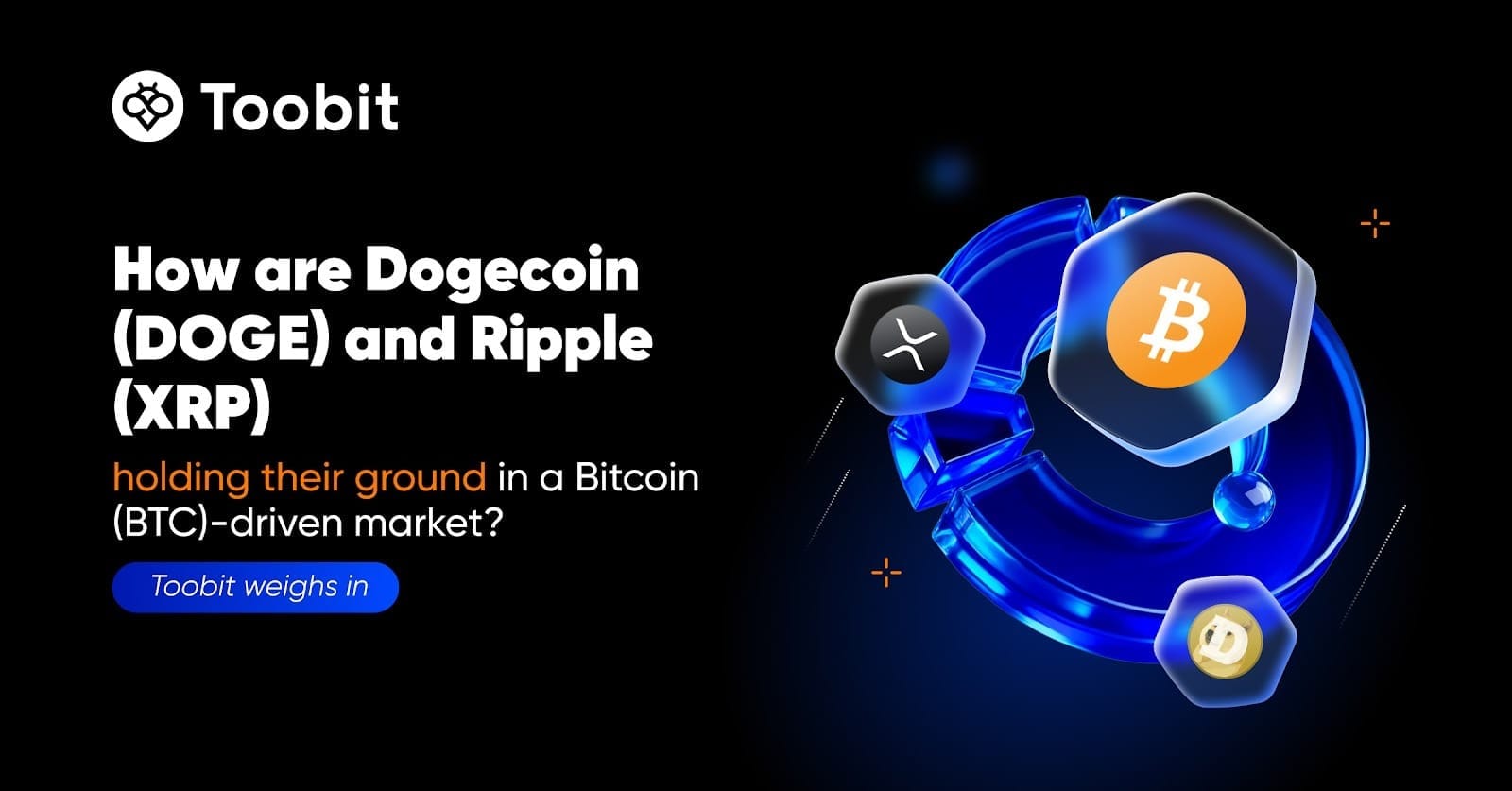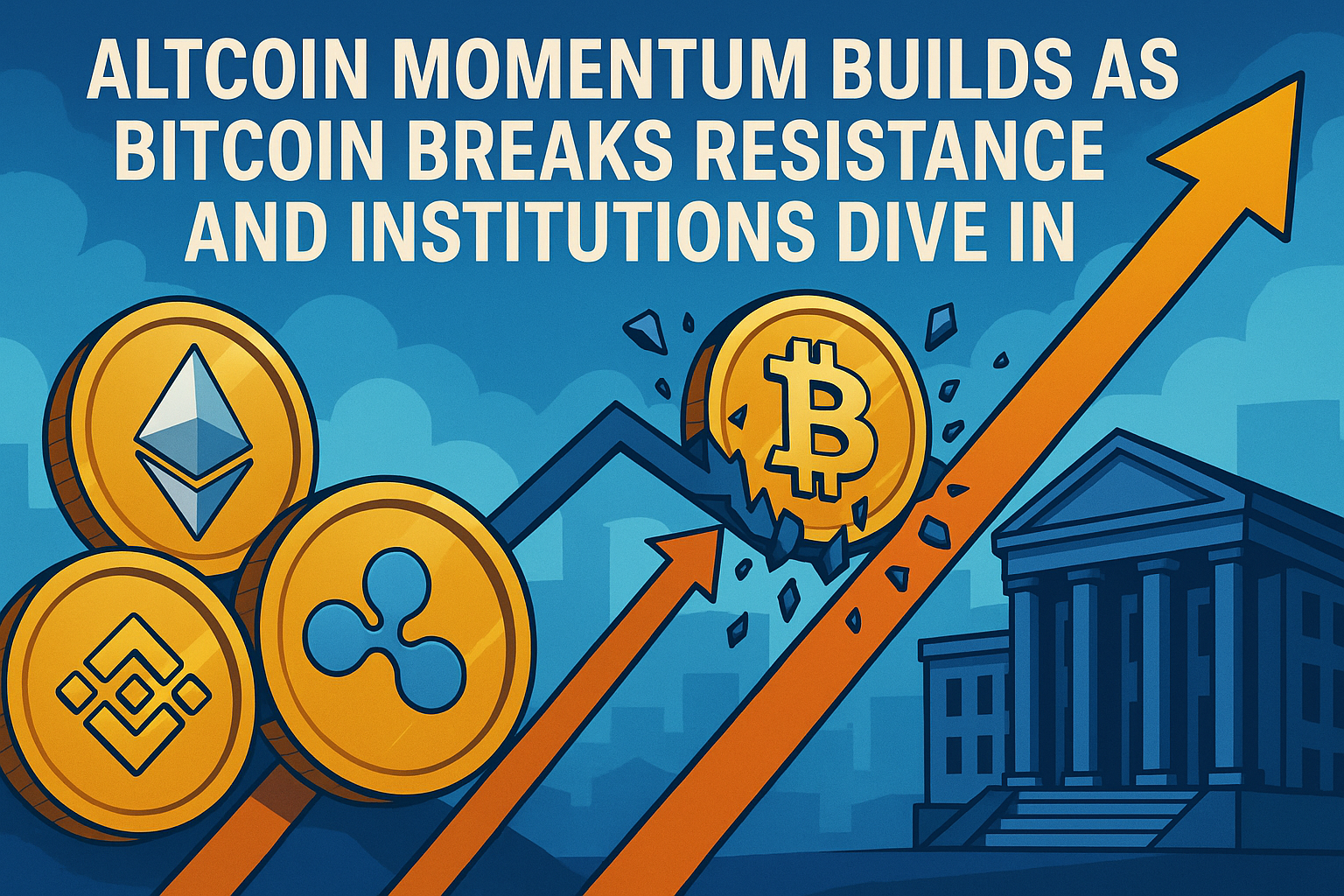Table of Contents
For many investors who got started in the world of cryptocurrencies in recent years, one of the most attractive features of this revolutionary technology was the ability to generate profit not only through its rising value but also through mining.
However, as energy prices spiked, this important part of the cryptocurrency ecosystem became increasingly less attractive due to rising costs. This made mining not only more difficult but also much less lucrative.
This was particularly true for Ethereum mining, which gained a reputation as being especially costly in terms of its energy usage. This gave the currency a bit of a bad reputation in the crypto world. As a result, Ethereum casino reviews took a nosedive in recent years.
Thankfully, however, the Ethereum developers finally implemented several long-awaited network upgrades to the blockchain which fundamentally changed how it works.
This long-awaited upgrade included switching to the ‘proof-of-stake’ system, which completely changed how the Ethereum network verified transactions, minted new coins and kept the network secure. Perhaps most importantly, it managed to reduce Ethereum’s energy consumption by around 99%.
While this major upgrade has helped to make Ethereum more sustainable, has it managed to have the same impact on Ethereum mining?

What is Ethereum mining?
In the past, mining was essentially the process of creating a block of transactions that were added to the Ethereum blockchain. This was the centerpiece of the older proof-of-work system on which Ethereum was based prior to its recent upgrades.
In addition to creating new units of digital tokens, however, Ethereum mining also helped to secure the entire network by creating, verifying, publishing and disseminating ‘blocks’ in the blockchain.
This process was essential to the older proof-of-work system and required miners to use their time, computational power and energy to process transactions on the network and to produce new blocks.
In addition to helping the network to function, it also proved to be profitable — particularly when energy prices were lower! This acted as a big incentive for individuals to get started mining, as they could not only create units of Ethereum for themselves, but they could also help to increase the functionality of the network, which obviously helped to increase the value of Ethereum itself!
There were various ways of participating in Ethereum mining, including pool mining, solo mining and cloud mining.
Mining was not pure profit, as there were often significant costs associated with it. This included the cost of the hardware required to build a machine capable of mining, the cost of powering the machine, the cost of sharing any proceeds with your mining pool, and other related equipment costs such as cooling, software and general maintenance.
Now that Ethereum has received the long-awaited network upgrade, how does mining work today? Is it still possible?
Is Ethereum mining possible in 2023?
Following the last major upgrade, the consensus mechanism underlying the Ethereum network transitioned from a proof-of-work to a proof-of-stake system. This means that mining is no longer possible and the Ethereum blockchain is secured by a vast network of validators who stake ETH.
This proof-of-stake system is more secure, less energy intensive and is better able to implement new scaling solutions and upgrades to the network.
The staking mechanism requires validators to ‘stake’ ETH into a smart contract on the Ethereum network, which acts as a form of collateral. Validators then check that new blocks propagated on the network are valid and will also create new blocks themselves.
In this way, the ‘staking’ works in much the same way as mining did, albeit with a few new added features and upgrades.
There are multiple ways to get involved in the staking process, such as solo staking, staking as a service, pooled staking and staking on centralized exchanges. Each of these has its own benefits and drawbacks, most of which relate to the overall cost and the need to split any rewards.
The requirements to start solo staking are also quite high and currently require you to deposit 32 ETH.
Although the days of receiving a mining reward have technically passed when it comes to Ethereum, there are still plenty of ways to get involved in a similar activity that provides many of the same benefits. The staking system is more comprehensive compared to the previous mining system but requires a higher level of commitment from those wanting to stake.








